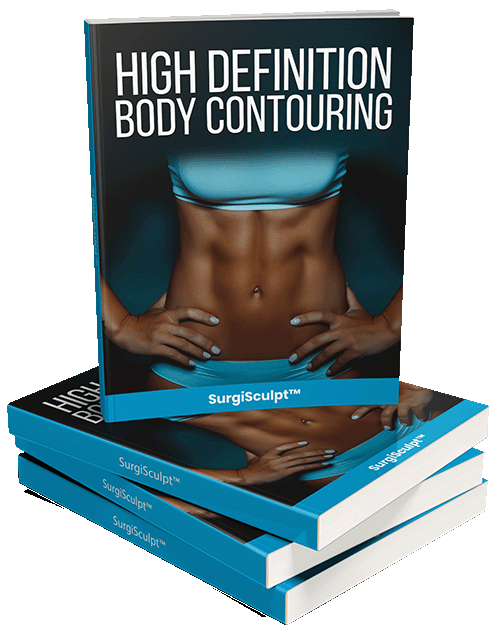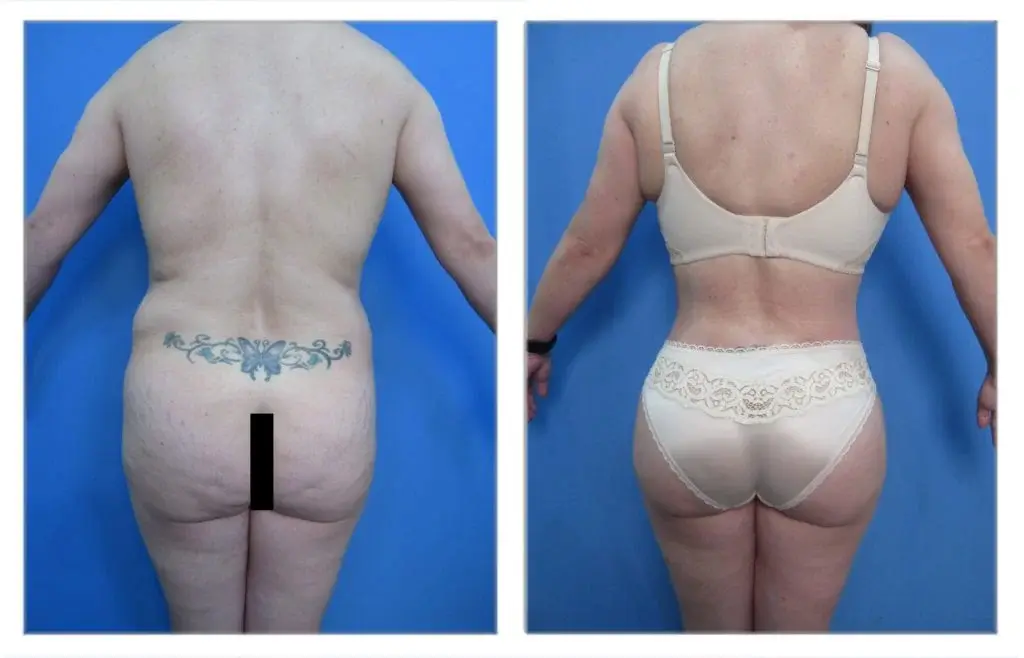
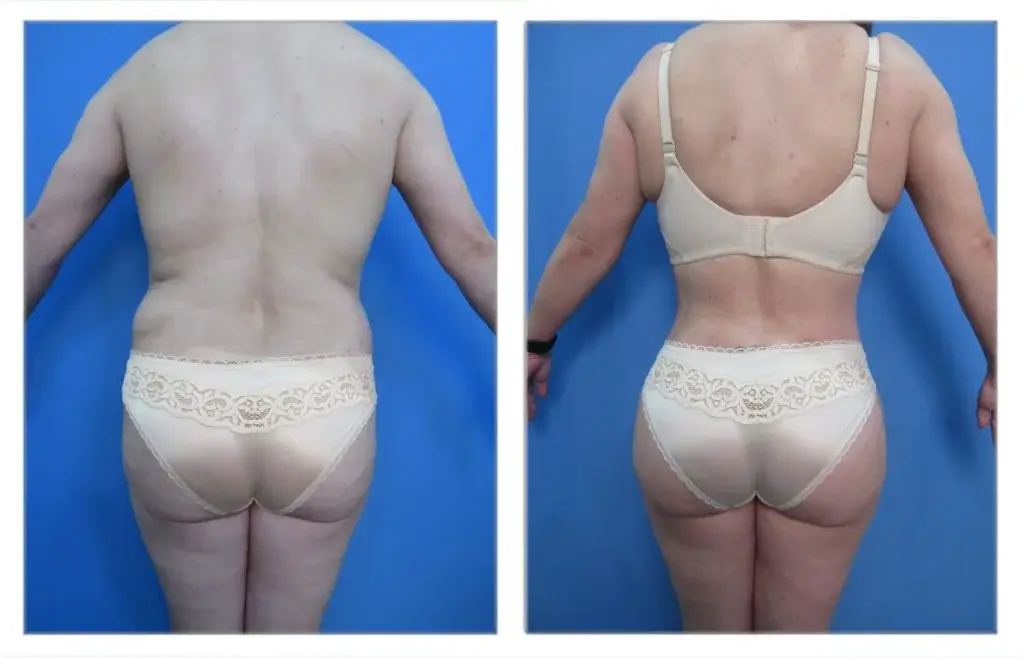
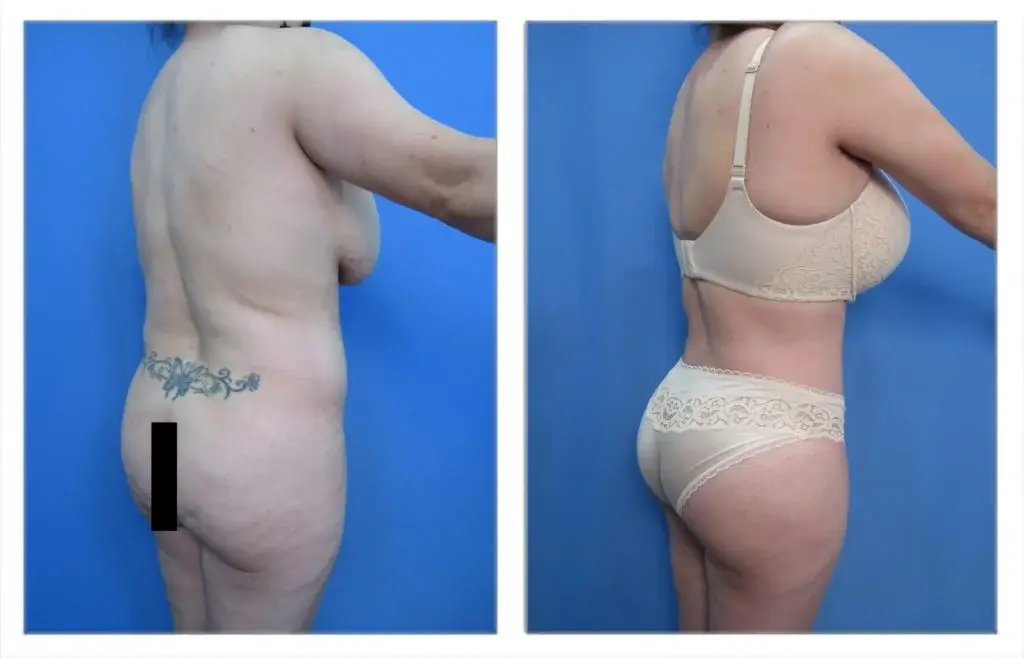
A 43 year old female patient who had a Brazilian buttock lift.
Introduction: How does Ethnicity affect desired BBL shape and size?
The BBL is an essential feature of the female silhouette. This has led to the rise of the Brazilian Butt Lift (BBL) as one of the most popular plastic surgery procedures in recent years. Despite the popularity of this BBL reshaping and augmentation procedure, there remains no prevailing standard for the ideal BBL size and shape. In fact, we observe a wide range of preferred BBL sizes and shapes amongst our patients. Brazilian Butt Lift goals can be subjective with respect to the size and shape desired that may be affected by your ethnicity. This discovery was made following the completion of a survey of 422 patients desiring a BBL. The survey divides patients into Caucasian, Asian American, African American, and Hispanic ethnicities.
Our Buttock Assessment Tool Evaluation
Based on our study, ethnic differences do affect the genetic effects of BBL shape. All patients desired maximum fullness of their BBL at the mid-butt level (what we coin the peach butt). Interestingly, our study demonstrated a tolerance of lower pole fullness in Hispanics and African Americans over Caucasians (heart-shaped butt). These differences in genetics/ethnicity are complex but are likely related to achieving aesthetic standards such as the ideal female silhouette, characterized by the “Tilde” Curve. The Tilde Curve describes a gentle curve with smooth transitions as the ideal contour line.
Describing the Ideal BBL
This graph depicts the overlying preference for maximum middle BBL fullness that is in line with a filling of the lateral hip. Additionally, it demonstrates a preference of African American and Hispanic patients for maximum lower BBL fullness when compared to Caucasian and Asian clients.
Results
This graph depicts the overlying preference for maximum middle BBL fullness that is in line with filling of the lateral hip. Additionally, it demonstrates a preference of African Americans and Hispanic patients for maximum lower BBL fullness when compared to Caucasians and Asian clients.
This graph depicts the preference of African Americans over other ethnicities for larger BBL to waist differentials. BBL procedures can achieve this using larger fat transfer to the lateral BBL and lateral hip regions.
This graph demonstrates an affinity for African Americans and Hispanics over other ethnicities for larger BBL volumes. This results in greater differentiation of Waist to BBL ratios.
It is interesting to observe that Hispanic and African American women desire a lower pole maximum prominence in the PA view as a second preference more than Caucasians. Additionally, African Americans prefer larger BBL sizes in the PA view. Finally, African Americans and Hispanics prefer a larger BBL size in the lateral views compared to Caucasians.
Conclusion: How does Ethnicity affect desired BBL shape and size?
In summary, our findings are consistent with prior published findings of a favored larger ideal BBL for African Americans, as well as the desired feature of very full lateral thighs (lower “hip”) for both African American and Hispanic women in the US while reporting these features undesirable for most Caucasian women. This desire for lower pole fullness and larger BBLs, in general, seems to stem from the propensity for African Americans and Hispanics to possess larger thigh girths. Since ideal female contour lines require smooth transitions, it becomes understandable that these ethnic groups may desire lower pole fullness as a second preference because it provides a more harmonious transition from their BBL to more generous-sized legs.
